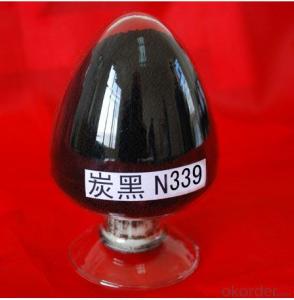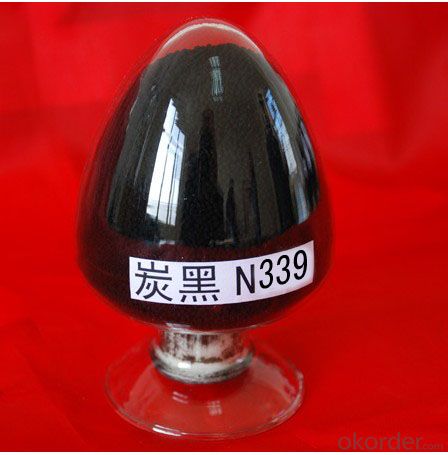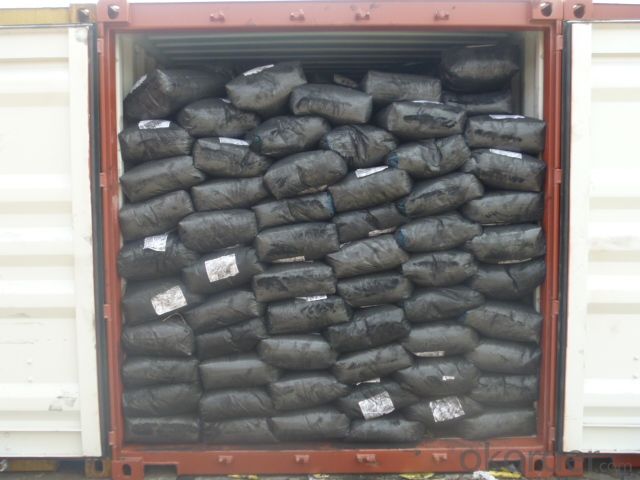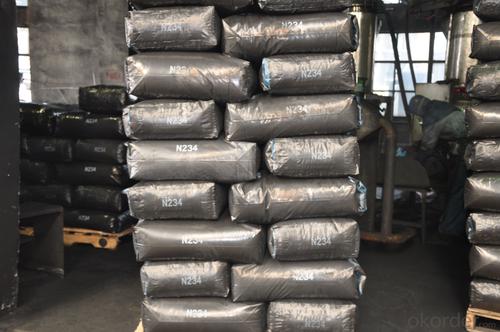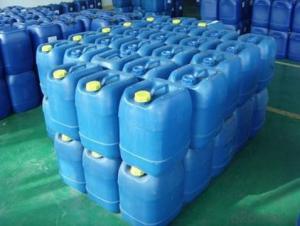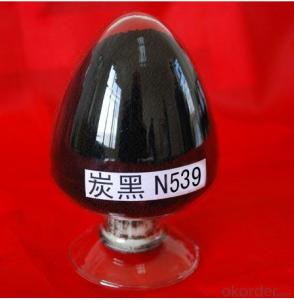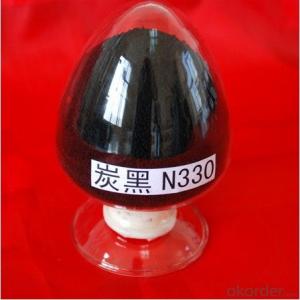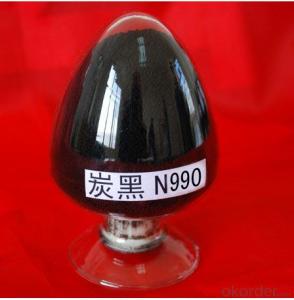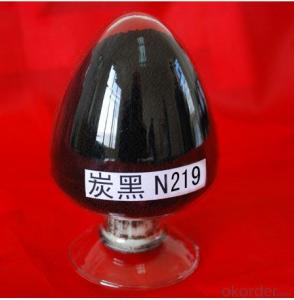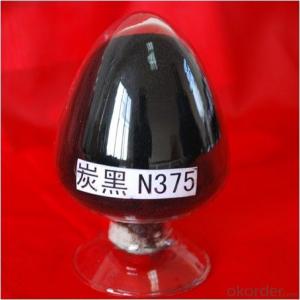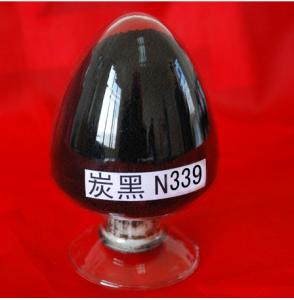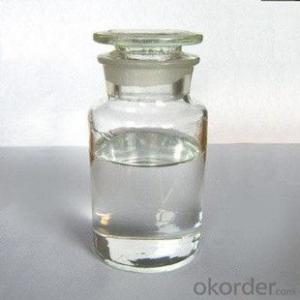Carbon Black N339 Granluar
- Loading Port:
- Tianjin
- Payment Terms:
- TT OR LC
- Min Order Qty:
- -
- Supply Capability:
- 10000MT m.t./month
OKorder Service Pledge
OKorder Financial Service
You Might Also Like
Carbon Black N339 (Granule)
Product Description:
carbon black N339:
1.Usage Rubber Auxiliary Agents;
2.Product Status:Black powder or granular;
3.Standard: ISO 9001:2000
Suggest for Use:
(1) use for passenger tires, the card tire tread rubber, rubber conveyor belt covers, hose, and the various requirements of high abrasion resistance rubber industrial products.
(2) The usage and for the FDA in the tread rubber compound reinforced performance, abrasion resistance and tear properties of population growth near N220 carbon black, squeeze better performance, especially for SBR / BR Rubber and use system. However, the FDA manufacturing tread rubber, its rolling resistance in the N330 series carbon black is the highest, which is in the rubber formula design, must be given.
TDS of the Carbon Black N339
Product Varieties | N339 | Pouring density(kg/m3) | 305~385 |
Iodine absorption Value(g/kg) | 85~95 | 300%modulus(Mpa) | -0.4~1.6 |
DBP absorption Value (10-5m2/kg) | 115~125 | Ash content | ≤0.7% |
24Mn DBP(10-5m2/kg) | 94~104 | 45um sieve residue | ≤0.05% |
CTAB surface area(103m2/kg) | 87~99 | 500um sieve residue | ≤0.001% |
STSA/(103m2/kg) | 83~93 | Impurity | NO |
Nsa surface area(103m2/kg) | 86~96 | Fine content | ≤10% |
Tint strength(%) | 106~116 | Tensile strength(Mpa ) | ≥-0.5 |
Heatloss(%) | ≤2.5 | Elongation at failure | ≥-50% |
Safety:
As a matter of good industrial hygiene, gloves and safety glasses with side shields or better eye protection should be worn when handing Carbon Black ,For more information, refer to the MSDS.

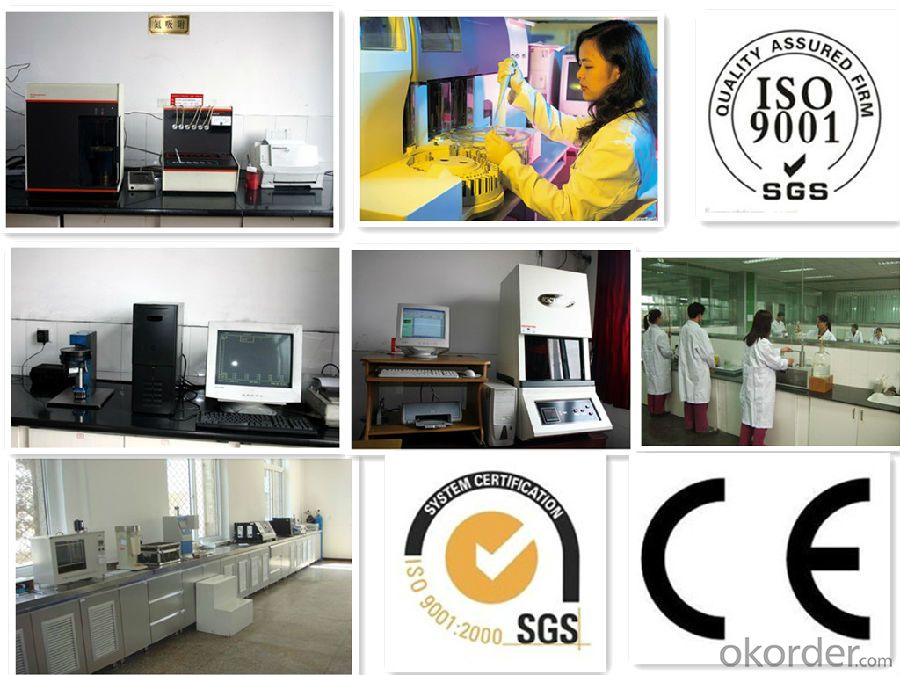
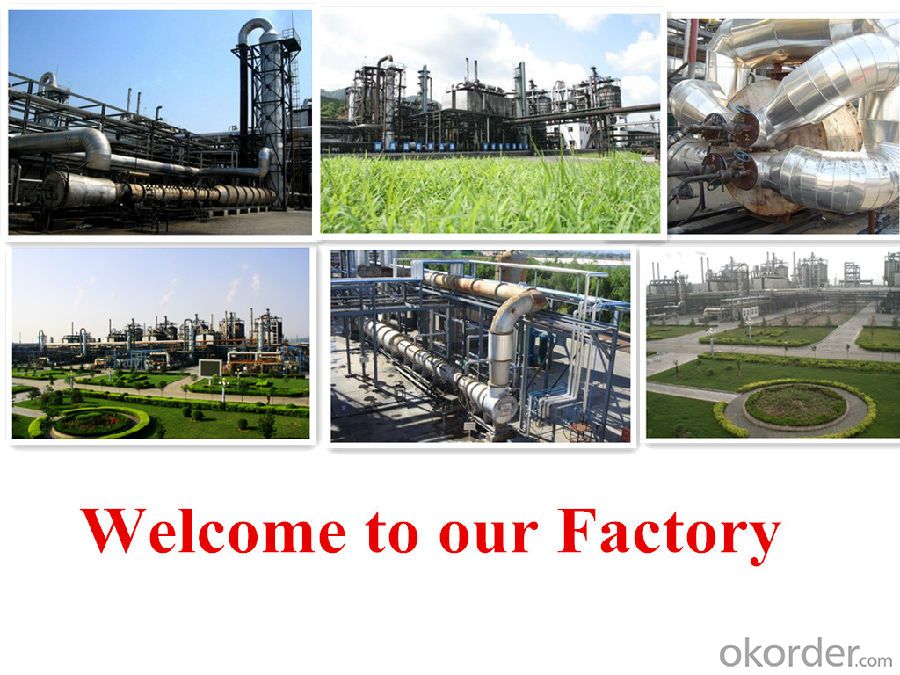
- Q: why is palladium/platinum a good catalyst?
- Platinum As Catalyst
- Q: Could God be Discribed as a Catalyst?
- I'm an atheist but one of my friends explained that thinking to me. Here's what he said. Do objects exist? When objects are created something creates them, right? Objects can't be created from themselves. (Chicken and Egg theory) There needs to be a catalyst for things to be created. I just choose to label this catalyst by the name of God. Technically my friend went into a lot more detail but I don't really remember his exact words. Hope this helps.
- Q: Chemical catalyst in several ways
- From the mechanism of the words of some of the adsorption is such as catalytic hydrogen in the Pt gas
- Q: How are a catalyst and an intermediate similar? How are they different?
- A catalyst speeds up the rate of a reaction by lowering the activation energy barrier which is, presumably, the energy required to achieve the reaction intermediate. Catalysts are also not consumed in the reaction, they are regenerated towards the end. A reaction intermediate is a configuration that a molecule takes prior to achieving it's lowest energy form which would signify the end of the reaction. Intermediate usually are hard to isolate because of the incentive to go to the most stable configuration. How are they different? A catalyst is not a part of the reaction product and it doesn't get consumed. An intermediate in a reaction is transformed into the product. How are they similar? Well, catalysts drive the reaction and make it easier for the reaction for follow through. Since intermediates are high energy and thermodynamics tells us that low energy is favorable, the incentive for a high energy intermediate to drive down to it's stable for can also drive a reaction. I hope that helps. I hope it makes sense.
- Q: The future direction of employment how, in what kind of units to do what work, how the closure rate? The
- Generally in the chemical plant to do engineering design engineers, the past few years, science and engineering graduates generally do not worry about work.
- Q: Will the catalyst change in the chemical reaction?
- The role of catalyst refers to the chemical reaction in the catalytic role of the reagent, of course, the catalytic effect can be divided into two kinds, one is to speed up the progress of the reaction, one is to inhibit the progress of the reaction, the specific role of the catalyst to see the actual reaction needs.
- Q: Will the catalyst be able to increase the rate of chemical reactions?
- The catalyst has a positive catalyst and a negative catalyst, and generally does not specifically refer to both the positive catalyst, i.e., the catalyst that accelerates the reaction.
- Q: and can you give me an example of it .. please give it in easy terms if you can. thanks
- the compound that allows for a chemical reaction. and example would be The enzyme catalase is the catalyst that allows hydrogen peroxide to break down into water
- Q: role of catalyst?
- A catalyst speeds up a reaction, without itself being consumed in the reaction. Catalysts participate in reactions but are neither reactants nor products of the reaction they catalyze. They decreases the activation energy of a chemical reaction and work by providing an alternative pathway for the reaction to occur, thus reducing the activation energy and increasing the reaction rate.
Send your message to us
Carbon Black N339 Granluar
- Loading Port:
- Tianjin
- Payment Terms:
- TT OR LC
- Min Order Qty:
- -
- Supply Capability:
- 10000MT m.t./month
OKorder Service Pledge
OKorder Financial Service
Similar products
Hot products
Hot Searches
Related keywords
